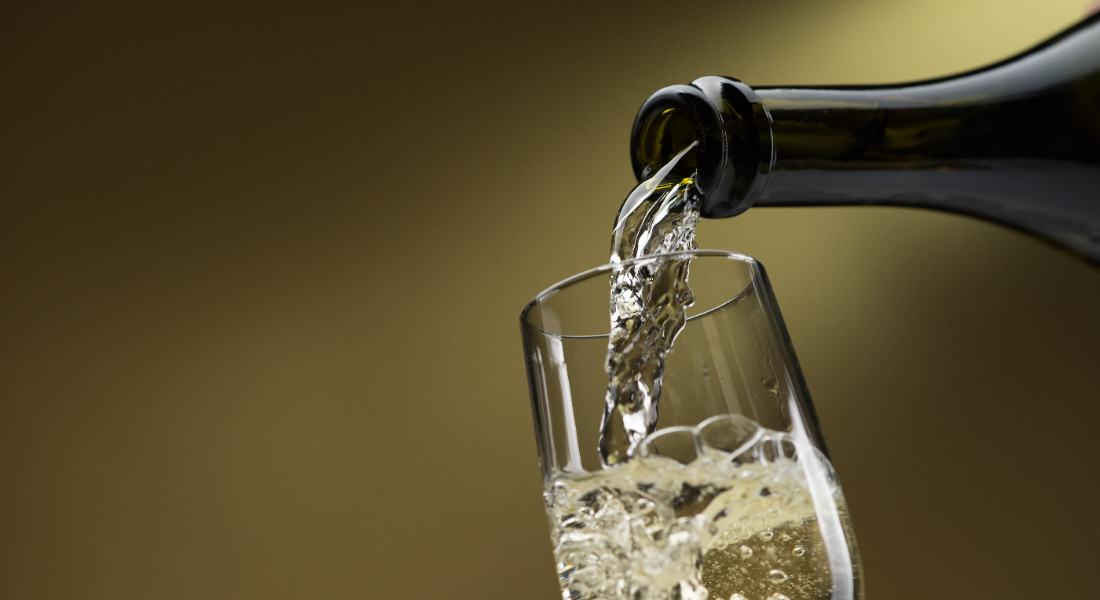
Bubbling over: Australia objects to EU’s ‘Prosecco’
An interesting dispute regarding the use of the name “Prosecco” has been a topic repeatedly addressed in IP news.
As an introduction to the theme, it is important to recall that the protection of geographical indications (GIs) in relation to food and agricultural products, particularly those that possess unique qualities attributed to the region and are produced using specific methods, is strongly emphasised by the European Union (EU).
The Paris Convention for the Protection of Industrial Property was the inaugural agreement that incorporated "indications of source or appellations of origin" as subjects of safeguarding. The incorporation disposes of the subject as an IP right but does not clarify the concept or exceptions.
The definition is disposed by the Agreement on Trade-Related Aspects of Intellectual Property Rights (TRIPS), where the protection of GIs is defined by article 22, and is related to the identification of a product as originating from that territory, region or location. The main characteristic is that a specific quality or reputation is attributable essentially by that geographical location.
Related to the protection in the EU, it is important to recall that in March 2022, the European Commission adopted a proposal for a regulation for the theme. According to the Commission, the proposed regulation aims to create a unified system for GIs in the EU by aligning regulations governing agricultural products, foodstuffs, wines, and spirit drinks.
Currently, there are four different regulations covering these sectors, and Regulation nº 1308/2013 is established for wines. The proposed regulation seeks to establish a single set of procedural rules across all sectors, which will enhance the coherence and comprehensibility of the GI system.
Australia objects
The EU increases the protection for the GIs not only in international treaties but also with bilateral and multilateral agreements. Regarding Australia, the Act known as the Wine Australia Corporation Act 1980, along with its accompanying Regulations, outlines the steps for safeguarding foreign GIs in Australia, for countries that have a wine trade agreement with Australia, including the European Union.
The European Commission requested, in 2010, to include Prosecco in the Protected GI list. However, the Winemakers' Federation of Australia raised an objection, citing the use of the term Prosecco in Australia as a name for a specific grape variety.
“Prosecco” is a famous GI, registered in 2009, and is related to a village in the province of Trieste. During the registration process, the prosecco grape variety name was changed to Glera, so the term could be identified as a designation of origin.
In this context, it is possible to assert that the expression Prosecco merely consists of the name of a grape variety, like Pinot Blanc, Chardonnay, Marsanne, among others. That has been the main argument used by Australian winemakers, in a way that emphasises that Prosecco cannot be used to refer to a geographical location leading to the establishment of a legal fiction that favours European producers, especially Italian winemakers, to the detriment of national producers outside the European bloc.
The Australian trade minister, Don Farrell, requested that the EU recognise that Australia is a country of immigrants, who brought culture, food and wine from Europe. According to The Guardian, in Australia, the commercialisation of Prosecco raises $205 million per year.
How to define the correct path?
In respect to this matter, the TRIPS agreement disposes of in article 23 that the parties should provide the legal means to prevent the use of GIs in cases where the wine or spirits are not originated from the indicated territory. The members are also bound to agree upon entering into negotiations in order to protect the individual GIs, as per article 24 (1).
On the other hand, in nº 4 of the same article, the TRIPS agreement also disposes of exceptions, as such the non-obligation to prohibit a member of the ongoing and comparable usage of a certain GI of another member and who has continuously used that GI for the same or related goods or services within that member's territory, either (a) for a minimum of 10 years prior to April 15, 1994, or (b) in good faith before that date.
Within this controversy, rounds of negotiation are the safe path between parties. It is important to recap that the parties have already agreed to the recognition and protection of GIs in the Wine Australia Corporation Act 1980.
The main problem is related to the Italian GI being registered later, and its use having already been settled in Australia. No discussions about the right of recognition of the IG, but about the extension and limitation of the applicability
In February, another round of negotiations will have taken place, and let's hope for an amicable solution between the parties.
This is a co-published article, which was originally published in the World Intellectual Property Review (WIPR).
Currency Info
Final charges will be made in USD.
Currency conversion is for information purposes only and accuracy is not guaranteed. Overseas customers are encouraged to contact their bank or credit card provider for details on any additional fees these institutions may include for currency conversion.
- USD 312.389 NGN
Territory List
There are no results for your search.
- Africa
- Algeria
- Angola
- Benin
- Botswana
- Burkina Faso
- Burundi
- Cameroon
- Cape Verde
- Central African Republic
- Chad
- Comoros
- Congo (Republic)
- Côte d'Ivoire
- Democratic Republic of the Congo
- Djibouti
- Egypt
- Equatorial Guinea
- Eritrea
- Eswatini (Swaziland)
- Ethiopia
- Gabon
- Gambia
- Ghana
- Guinea
- Guinea-Bissau
- Kenya
- Lesotho
- Liberia
- Libya
- Madagascar
- Malawi
- Mali
- Mauritania
- Mauritius
- Mayotte
- Morocco
- Mozambique
- Namibia
- Niger
- Nigeria
- Réunion
- Rwanda
- Sao Tome and Principe
- Senegal
- Seychelles
- Sierra Leone
- Somalia
- South Africa
- South Sudan
- Sudan
- Tanzania (mainland)
- Togo
- Tunisia
- Uganda
- Western Sahara
- Zambia
- Zanzibar
- Zimbabwe
- Africa (OAPI)
- Africa (ARIPO)
- Other
- East Timor
- Macao
- Maldives
- Portugal
- European Patent (EPO)
- European Union Trademark (EUTM)
- International Trademark (Madrid System)
- Patent Cooperation Treaty (PCT)




